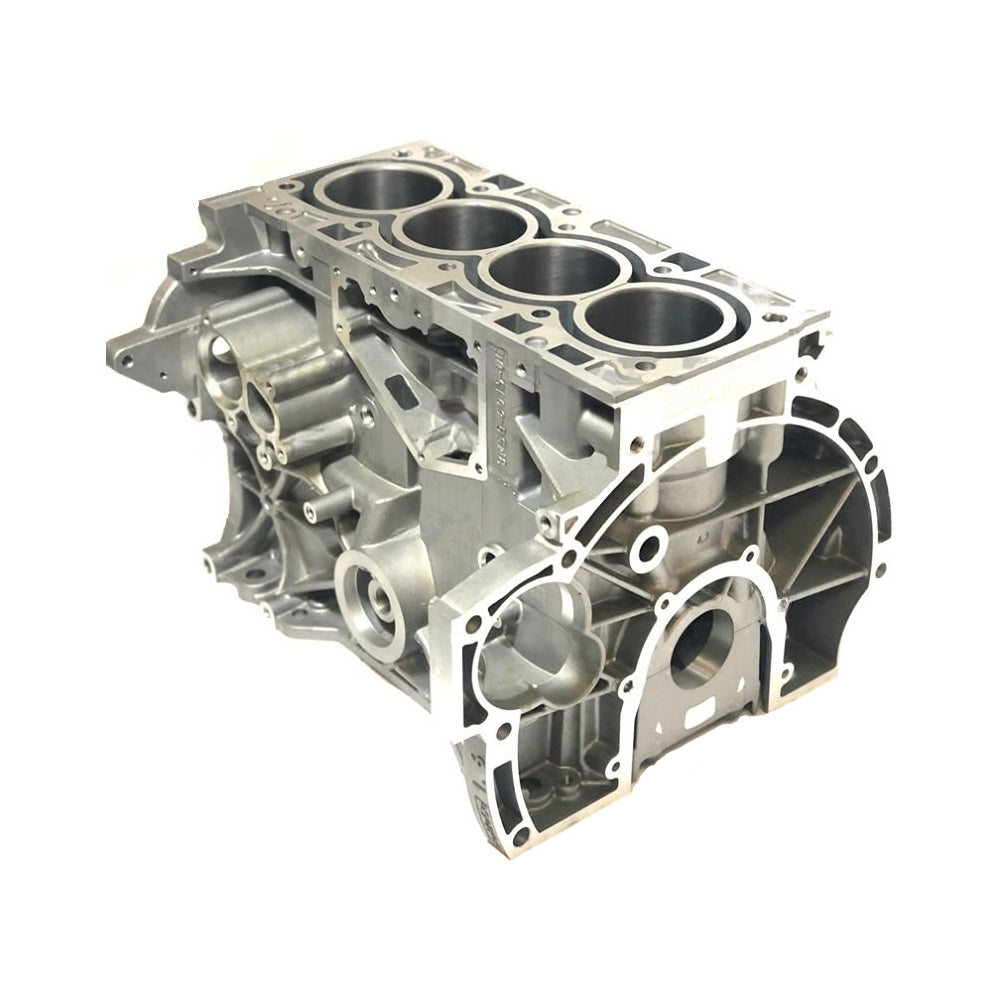How to Diagnose Ford Fiesta Engine Issues and Prevent Future Problems
How to Diagnose Ford Fiesta Engine Issues and Prevent Future Problems
Blog Article
Opening the Power of Engines: A Comprehensive Overview to Performance and Efficiency
Understanding the elaborate auto mechanics of engines is critical for both efficiency fanatics and day-to-day motorists. The solutions might redefine our strategy to engine efficiency and performance in means that are both informing and important.
Comprehending Engine Fundamentals
What constitutes the fundamental mechanics of an engine? At its core, an engine is an equipment made to transform fuel into mechanical power with a collection of controlled surges or combustion procedures.
The crankshaft then transforms this straight motion into rotational energy, which eventually powers the automobile. The camshaft manages the opening and closing of the shutoffs, controling the intake of air and gas and the expulsion of exhaust gases. In addition, the engine counts on a thoroughly calibrated fuel-air mixture, ignition system, and cooling system to make sure optimal efficiency and effectiveness.
Understanding engine essentials likewise entails acknowledging the significance of engine cycles, such as the four-stroke cycle, which consists of consumption, compression, exhaust, and power strokes. Each stage is crucial in ensuring the engine works smoothly and successfully. Mastery of these essential mechanics prepares for discovering much more intricate engine dynamics and performance metrics, crucial for enhancing both power result and efficiency.
Trick Performance Metrics
Secret performance metrics are necessary for reviewing an engine's effectiveness and power output, supplying important insights for both customers and suppliers. These metrics act as criteria for engine performance, allowing for notified decisions in layout, investing in, and production.
One of the key metrics is horsepower, which quantifies the engine's ability to carry out work over time. Torque, determined in pound-feet, is an additional essential metric that suggests the engine's rotational force, directly influencing acceleration and pulling capability. Fuel efficiency, normally gauged in miles per gallon (MPG) or liters per 100 kilometers (L/100km), evaluates exactly how effectively the engine converts fuel into movement, affecting functional expenses and ecological considerations.
Additionally, thermal efficiency steps how well an engine transforms fuel energy right into valuable job, revealing understandings right into power losses primarily with heat. Emission degrees, consisting of CO2 and NOx, are likewise important, mirroring the engine's ecological impact and compliance with regulatory standards.

Tuning Methods for Efficiency
Tuning strategies play a substantial duty in enhancing engine efficiency by enhancing performance metrics determined in earlier discussions (ford fiesta engine). Numerous approaches exist to adjust an engine, each adding to boosted gas economy and decreased discharges
One efficient technique is adjusting the air-fuel ratio, guaranteeing the engine operates within the ideal combustion program. A leaner mix can improve fuel effectiveness, yet it should be balanced to stop misfires or engine knock. In addition, reprogramming the engine monitoring system can recalibrate specifications such as ignition timing, which better enhances efficiency while preserving power outcome.
Another important approach includes customizing the consumption and exhaust systems. Updating to high-performance air filters and exhaust headers can reduce back pressure, promoting much better airflow. This allows the engine to breathe more freely, resulting in improved combustion effectiveness.
Furthermore, the application of innovative adjusting devices, like dyno screening, offers specific data that enables targeted modifications. Routinely keeping track of these efficiency metrics guarantees that adjusting efforts generate the desired performance results. Collectively, these techniques not just boost engine performance he has a good point but additionally add to long-lasting sustainability in engine operations.
Upkeep for Ideal Performance
Routine engine maintenance is important for attaining ideal performance and longevity. A well-maintained engine not just operates effectively yet also decreases the i loved this threat of pricey repair services and break downs. Secret elements needing routine attention include oil, filters, belts, and stimulate plugs.
Altering the engine oil at recommended intervals is essential, as oil lubricates relocating components and stops getting too hot. Likewise, replacing oil and air filters ensures that contaminants do not impair engine feature. Disregarding these components can result in minimized efficiency and prospective engine damages.
Additionally, examining and changing worn belts and hose pipes is essential to avoid abrupt failings. Timing belts, particularly, ought to be replaced according to the maker's timetable to stay clear of catastrophic engine damage.
Spark plugs should likewise be inspected and changed as essential, since they play a critical role in ignition and fuel effectiveness.
Future Trends in Engine Innovation
Welcoming developments in technology, the future of engine layout is positioned to revolutionize performance and performance throughout numerous applications. Hybrid and fully electrical powertrains are becoming increasingly conventional, supplying lowered emissions and enhanced fuel effectiveness.
In addition, innovations in materials scientific research are leading to lighter, stronger elements that boost engine performance while lowering energy intake. Advanced production methods, such as 3D printing, allow for the development of complex geometries that improve airflow and thermal monitoring, hence optimizing combustion processes.
In addition, the combination of expert system and equipment understanding is set to transform engine diagnostics and efficiency adjusting. These technologies can assess large amounts of data in real time, enabling predictive maintenance and tailored performance improvements.
Verdict
In conclusion, unlocking the power of engines requires a thorough understanding of their auto mechanics and performance metrics. Executing effective tuning strategies and sticking to routine maintenance practices significantly boost engine capabilities.
Furthermore, the engine look at this site counts on a carefully adjusted fuel-air combination, ignition system, and cooling down system to guarantee ideal performance and performance.
Understanding engine basics also entails acknowledging the value of engine cycles, such as the four-stroke cycle, which consists of consumption, exhaust, power, and compression strokes. Proficiency of these fundamental auto mechanics lays the foundation for exploring more complex engine dynamics and efficiency metrics, crucial for optimizing both power output and efficiency.

Embracing advancements in innovation, the future of engine layout is positioned to change efficiency and effectiveness throughout numerous applications.
Report this page